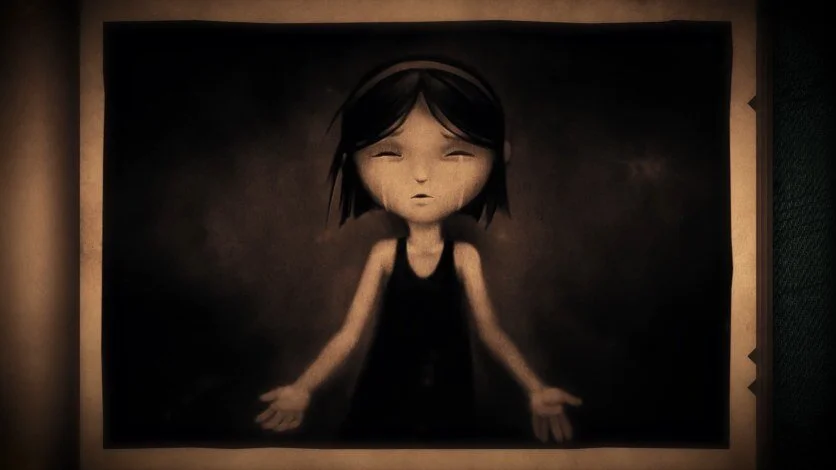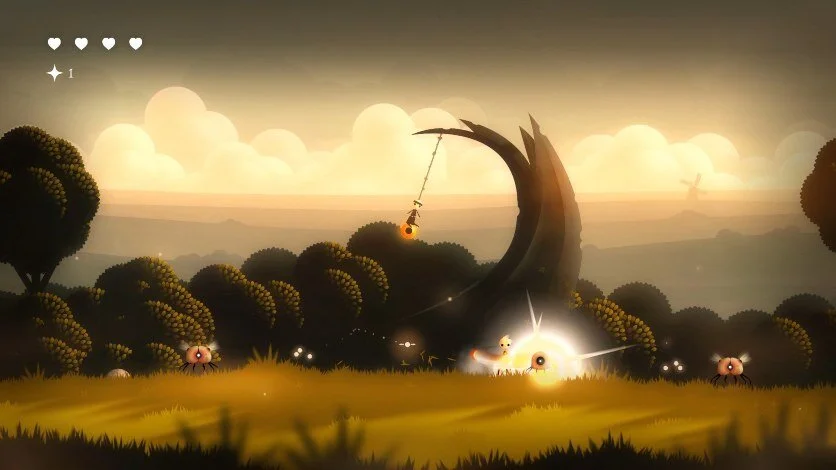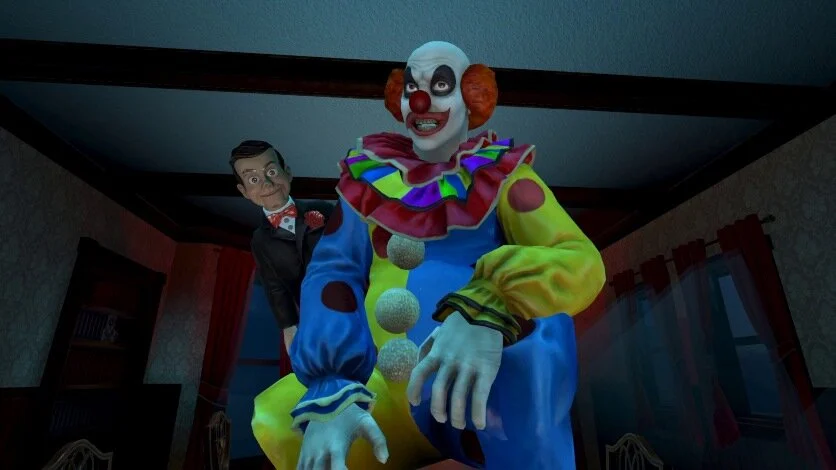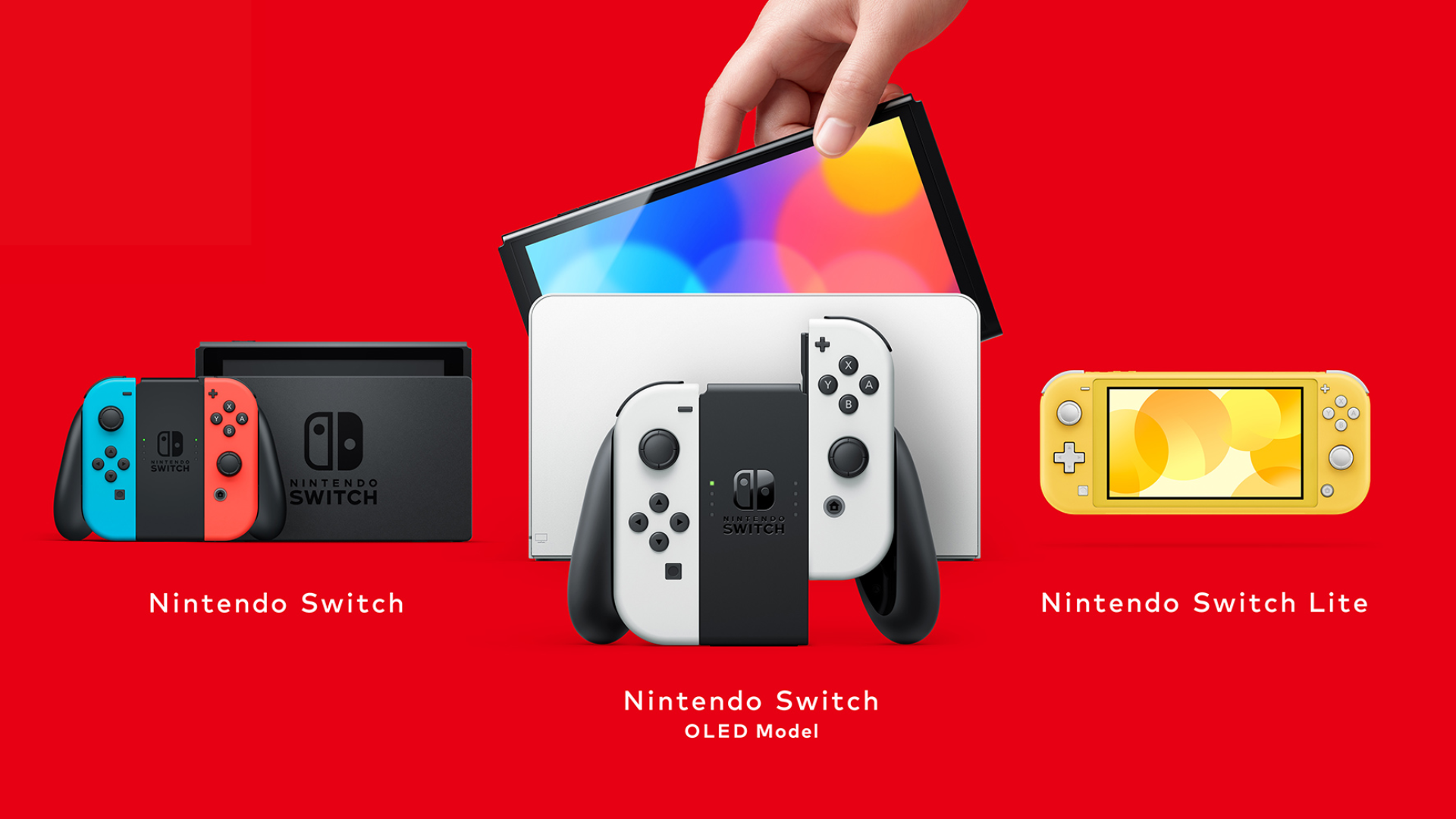As a fan of the foreboding side-scrolling puzzle games such as Oddworld: Abe’s Oddysee, Limbo, and Inside, I was anxious to try Neversong as soon as I laid my eyes on it. A game with a somber tone and sound that oozes ambience, it pulled me in as I played from start to finish. I truly felt an impact by the story that the game slowly revealed to me over the course of my time with it.
Even as I write this review, I think about the ending and its interpretation. The game handles heavy subject matter about coming to terms with grief and our human weaknesses. Thomas Brush of Atmos Games and the developers over at Serenity Forge have painstakingly created a game that not only has a beautifully illustrated world, but a deeply engaging story to tell within it.
Story
Code provided for purposes of review.
Atmos’ story begins as we meet Peet and Wren, two young people in love. They’re curious kids who frequently go on adventures in their little town. On the pair’s fateful trip to the abandoned Blackfork Asylum, they are ambushed by a white figure named Mr. Smile. When he emerges to attack them, Peet is so scared that he falls into a coma, leaving Wren to fend for herself.
Time has passed, and Peet has just awoken from his death-like sleep. Unsure of how he fell into the coma or where Wren is, he makes his way out of the asylum. He finds Wren’s house empty, all besides the piano that they once used to make music together.
Peet ventures into his town of Red Wind Village to seek out Wren and that diabolical monster, Mr Smile. He comes across his friends, who claim that their parents had vanished soon after his coma. From there, the story kicks off with Peet’s mission of finding his beloved and solving the mystery of what’s happened to their small town. Be careful, for not everything is as it seems in Red Wind.
Gameplay
The game does a great job of melding its 2D platforming mechanics together with its puzzle solving. The platforming is smooth and simple in its approach, which makes it a seamless experience in the open world given to us. From the beginning you can run and jump, but as you progress through the game you’ll unlock different items that will help you in traversing and puzzle solving.
The game takes a Metroidvania approach to its way of problem solving and how you’ll use the world around you. You’ll often find yourself coming up to a blocked path, only to realize after progressing further into the story, that you can now get through that path with a new item at your disposal. This also comes into play with finding the secret cards scattered around Red Wind with various informational pieces on characters, as well as customization options for Peet. Even though there’s some backtracking, the landscapes are really unique from each other and didn’t get stale. In-game events will actually change the background of the landscapes and it helps to shake up the look of the places you’ll become familiar with.
The puzzles are done very creatively and had me completely stumped at times, until I finally had my “eureka!” moment. I would approach most of them with a puzzle-solving mind, only to be upended by how obvious and real they were. I’m truly impressed with how outside-the-box they went with the puzzles, as even simple ones were technically fascinating.
The combat feels true with how meek our little Peet is and almost had a learning curve. You have to time the hits correctly as most of your enemies will attack when in swinging distance. Peet’s swinging radius is quite small, so it was always about swinging in a timely fashion and being ready to react to your attacker’s movements.
The varying minions you’ll come across on the journey can actually be pretty aggressive when it comes to them trying to dispatch you, but once you figure out their patterns can be overturned without worry. This can be said about the boss battles too as they never seemed too demanding. I died at least once with just about every boss but never felt like I was going to get stuck at that point for too long.
Visuals
The art is very well done in setting the tone for the world. The overall look in art style projects a melancholic vibrance in its depiction of Red Wind and its inhabitants. While the game can indulge itself in its bruiting grays and drab colors, it highlights them with bright solids and well placed lighting hues. The artistry of the visuals and the story go hand in hand, and sets us up for the last component, the music.
Audio
When doing an intimate story of regret and coping with failure, music truly helps in making you actually feel what the character is feeling, through sound. Brush did a truly great job at creating a score of piano driven tunes that really tie the game up into a total experience of sight and sound. Nothing is done over the top, but is purposefully done to give that sense of loneliness that Peet has.
The cast of characters brought to life in this world were fully fleshed out by the actors embodying them. It’s clear that there was passion from them, as it shows by how great a job that they had done. The narrator, for one, was delivered so strongly every time that I couldn’t wait for more of his vocal appearances throughout.
Replayability
Throughout the game you’ll pass by two places bearing a blue padlock, and it isn’t until you beat the game, that you’re granted access to this location. This adds a level of replayability in and of itself, not including the factor of any collectible cards that were left behind. The story has some themes that can be open to interpretation, so playing it a second time and looking closer at clues scattered throughout the town help in getting a better understanding.
What It Could Have Done Better
I think the game could’ve been a little longer. You get a time counter on your saved game, and mine comes a bit under five hours. That’s not too short, but I personally would’ve loved to see another location. That being said, I feel like a couple of the locations that we do get, could’ve been a little longer in their own regard. It’s just the fact that I enjoyed the game so much, that I just wanted it to last even longer than it did.
Some of the items you’re given to use only seem to be useful for a couple of puzzles. It seems like there were some wasted possibilities that could’ve been utilized a whole lot more. I would’ve liked to see a little more variety in the types of enemies we come into contact with as well. A more mixed bag would’ve been an improvement to the game overall.
While I liked the locations that are in the game, I would’ve enjoyed some more of the creepier places. There are a few places in the game that just hit the creepy vibes right on the head. It’s obvious that they knew what to do to nail that vibe, so it’s a shame that there aren’t more of those to run around in.
Verdict
The pros heavily outweigh any cons when talking about the game. The story is well thought out, and impeccably paced to boot. While it isn’t what I’d call a “happy” game, it was fun to play as I enjoyed its art style and the tale that it had to tell. Neversong does exceptionally well with bringing its world to life, and it’s a world that I am glad to have seen.

























